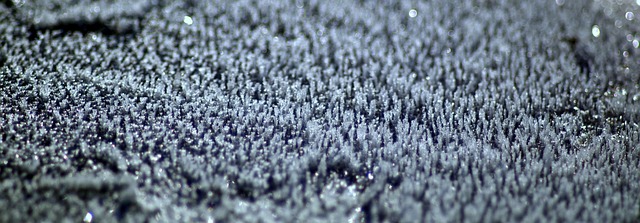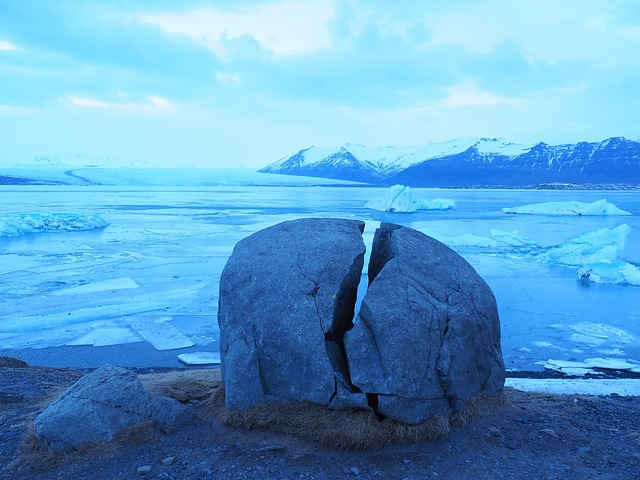The environment we inhabit today is marked by numerous complexities that interplay with one another, especially in the context of climate change. One of the significant yet often overlooked phenomena impacting our planet is the freeze-thaw cycle. This natural occurrence affects a wide range of ecosystems, and understanding its implications can deepen our appreciation for the delicate balance of our climate.
As winter wades into spring, the freeze-thaw cycle comes into full swing. This process is crucial for the health of ecosystems, as it signifies a transition from the starkness of winter to the vibrancy of life in warmer months. However, with rising global temperatures, the traditional patterns of freeze-thaw cycles are becoming increasingly unpredictable. This unpredictability can wreak havoc on environments already strained by climate change.
When temperatures fluctuate above and below freezing, each cycle causes ground expansion and contraction, which can lead to soil erosion and destabilization of habitats. For instance, in northern regions where permafrost once remained permanently frozen, thawing is now becoming the norm. This not only releases stored carbon back into the atmosphere but also alters the landscape, potentially affecting local wildlife, plant species, and water flow. These changes are alarming, as they contribute further to global warming and signify the toll climate change is taking on our planet.
Moreover, the implications extend beyond the boundaries of ecosystems. Communities that rely on these environments for their livelihoods, such as those involved in agriculture or tourism, increasingly face the repercussions of altered freeze-thaw cycles. Farmers may find their planting schedules disrupted, leading to potential crop failures. Similarly, towns that benefit from winter sports are seeing shorter seasons, impacting economic viability and local culture.
On a broader scale, scientists point to the freeze-thaw cycle as a critical indicator of climate health. Shifts in when these cycles occur can influence everything from wildlife migration patterns to the timing of flowering plants. Such changes challenge the synchronization that many species rely on for survival, demonstrating how interconnected our climate system truly is. The ramifications of these alterations could irrevocably influence biodiversity, making it essential to address the causes of climate change head-on.
As we move through the seasons, it is vital to remain cognizant of the freeze-thaw cycles that shape our landscapes. Educating ourselves about the impact of these cycles can lead to more profound actions in mitigating climate change. Simple steps, such as reducing carbon footprints and supporting sustainable practices, can collectively contribute toward restoring balance in our environment.
Understanding the dynamics at play helps us appreciate the full spectrum of the freeze-thaw cycle and its profound influence on our melting environments. By recognizing this relationship, we can better equip ourselves to face the challenges posed by climate change, paving the way for a more resilient future for our planet.



